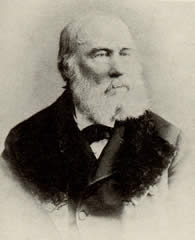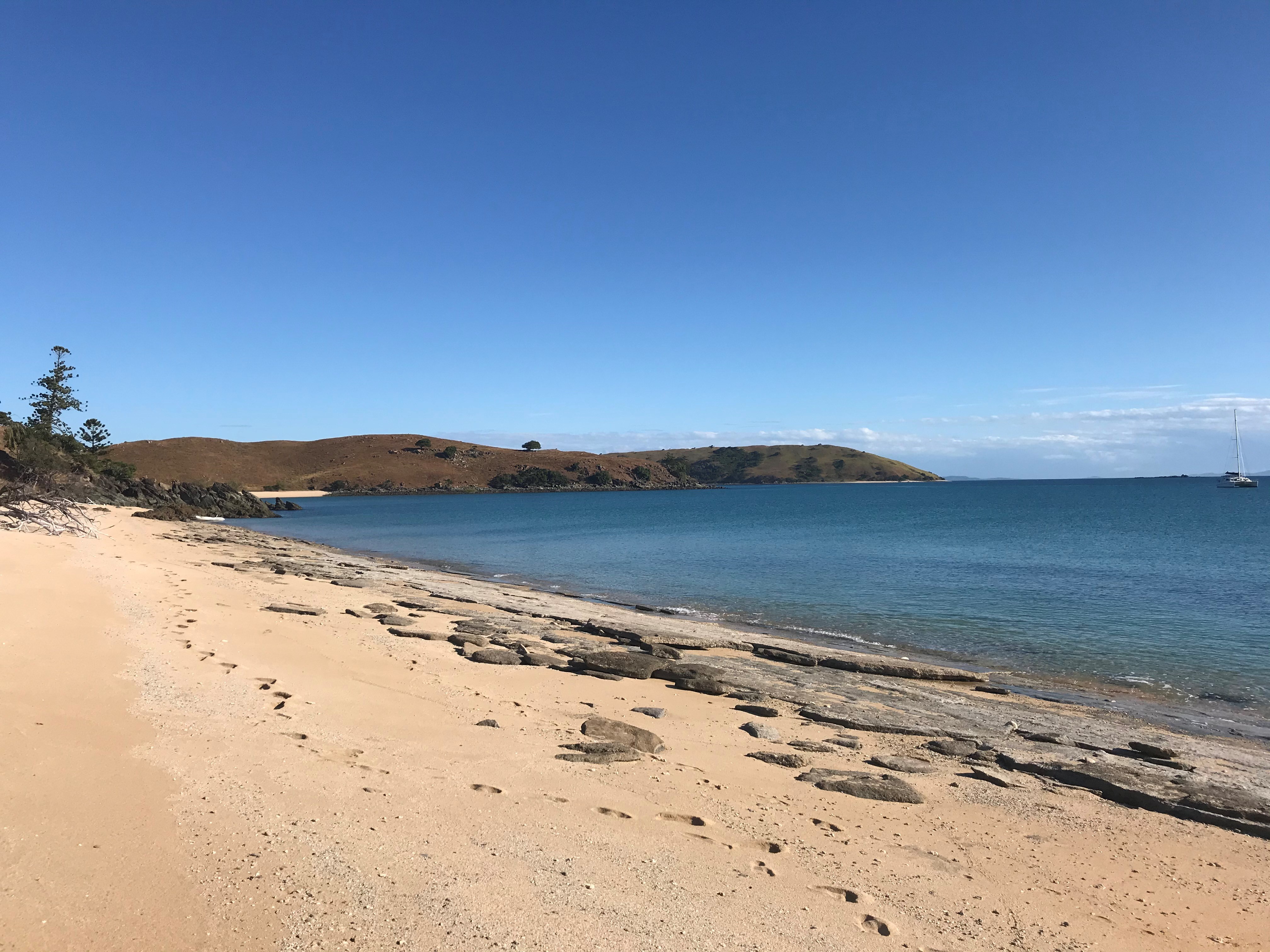|
Frederick Strange
Frederick Strange (c. 1826 – 15 October 1854) was a collector of plant and animal specimens during the early colonisation of Australia. He collected bird specimens for John Gould. He was killed in a conflict between his group and natives on South Percy Island. The water lily ''Nymphaea gigantea'' was collected by him and sent to England where it was named by William Jackson Hooker, William Hooker. Life and work Strange was apparently born in Aylsham, in Norfolk, England, tentatively given as 1826 by his earliest biographer although more likely to between 1810 and 1818. He emigrated to South Australia in 1836 aboard the ''Cygnet (barque), Cygnet'', or at least prior to 1838 when he accompanied Charles Sturt on an expedition to the Gawler River (South Australia), Gawler River. A saltwater water body to which he led the party, from which he had profitably fished sometime earlier, was later named for him as Strange's Creek. Strange supplied specimens to botanists, ornithologists ... [...More Info...] [...Related Items...] OR: [Wikipedia] [Google] [Baidu] |
Walter Hood Fitch
Walter Hood Fitch (28 February 1817 – 14 January 1892) was a botanical illustrator, born in Glasgow, Scotland, who executed some 10,000 drawings for various publications. His work in colour lithograph, including 2700 illustrations for ''Curtis's Botanical Magazine'', produced up to 200 plates per year. Biography Fitch was involved in fabric printing from the age of 17 and took to botanical art after meeting William Jackson Hooker, Regius Professor of Botany, a competent botanical illustrator, and the editor of ''Curtis's Botanical Magazine''. Fitch's first lithograph of ''Mimulus roseus'' appeared in the Botanical Magazine in 1834, and he soon became its sole artist. In 1841 W.J. Hooker became director of Royal Botanic Gardens, Kew and Fitch moved to London. After 1841 Fitch was the sole artist for all official and unofficial publications issued by Kew; his work was paid for by Hooker personally. It was not unusual for him to work on several different publications simulta ... [...More Info...] [...Related Items...] OR: [Wikipedia] [Google] [Baidu] |
George French Angas
George French Angas (25 April 1822 – 4 October 1886), also known as G.F.A., was an English explorer, naturalist, painter and poet who emigrated to Australia. His paintings are held in a number of important Australian public art collections. He was the eldest son of George Fife Angas, who was prominent in the early days of the colonisation of South Australia. Biography He was born in Newcastle upon Tyne, England, the eldest son of George Fife Angas, prominent in the establishment of the new colony of South Australia. Despite showing remarkable talent in drawing, he was placed in a London business house by his father. He left on a tour of Europe and in 1842 published his first book, ''Rambles in Malta and Sicily''. As a result of this experience, he turned his back on the world of commerce, and directed his training towards a study of natural history, anatomical drawing and lithography. Embarking on his travels, he was soon to find his acquired skills extremely useful. Angas ... [...More Info...] [...Related Items...] OR: [Wikipedia] [Google] [Baidu] |
Moreton Bay
Moreton Bay is a bay located on the eastern coast of Australia from central Brisbane, Queensland. It is one of Queensland's most important coastal resources. The waters of Moreton Bay are a popular destination for recreational anglers and are used by commercial operators who provide seafood to market. The Port of Brisbane coordinates large traffic along the shipping channel which crosses the northern section of the bay. The bay serves as a safe approach to the airport and reduces noise pollution over the city to the west of the runway. A number of barge, ferry and water-taxi services also travel over the bay. Moreton Bay was the site of conflict between the Quandamooka people and early European settlers. It contains environmentally significant habitats and large areas of sandbanks. The bay is the only place in Australia where dugong gather into herds. Many parts of the mainland foreshore and southern islands are settled. The waters of Moreton Bay are relatively calm, bein ... [...More Info...] [...Related Items...] OR: [Wikipedia] [Google] [Baidu] |
Walter Hill (garden Curator)
Walter Hill (1819–1904) was a Scottish-born Australian botanist and horticulturalist, and first curator of the Brisbane Botanic Gardens at Gardens Point in Brisbane, Australia. Personal life Walter Hill was born at Scotsdyke, Dumfriesshire, Scotland, on 31 December 1819, the son of David Hill and Elizabeth Beattie. Scotsdyke is virtually on the border of England and Scotland, and is presumably a reference to the moat about south of the village of Canobie (now spelled ''Canonbie''). Hill married Jane Smith, the daughter of John Smith and Jane Brunton, on 16 September 1849 at Holy Trinity Brompton Church, Middlesex, England. They had a daughter Ann (born 25 April 1850 in England, died 1 November 1871 in Brisbane). The family immigrated to Sydney, Australia in 1852 on the ''Maitland'', where Hill initially tried his luck on the goldfields. In 1854, Hill undertook an expedition (as a botanist) to North Queensland in which most of the party were murdered by Aborigin ... [...More Info...] [...Related Items...] OR: [Wikipedia] [Google] [Baidu] |
Percy Isles
The Northumberland Islands are a scattered island chain off the eastern coast of Queensland, Australia. Geography and history The Northumberland Islands are to the south-east of the city of Mackay roughly between the latitudes 21°S and 22°S. All islands are of the continental type. The island group was named by James Cook during his historic voyage along Australia's eastern seaboard in 1770, after the First Duke of Northumberland, Hugh Percy. Both Cook and Matthew Flinders make note of the island group in their journals, Cook describing them as such: In 1855, a botany expedition led by naturalist Frederick Strange visited the islands on his ship ''Vision''. Four of the expedition were killed by Aboriginal people at Middle Percy Island. Those killed were Frederick Strange and his assistant Richard Spinks, William Spurling (ship's mate) and Andrew Gittings (ship's cook and steward). Captain Chimmo of the Royal Navy vessel , sailed to the island and conducted an investiga ... [...More Info...] [...Related Items...] OR: [Wikipedia] [Google] [Baidu] |
Descent Of Man
''The Descent of Man, and Selection in Relation to Sex'' is a book by English naturalist Charles Darwin, first published in 1871, which applies evolutionary theory to human evolution, and details his theory of sexual selection, a form of biological adaptation distinct from, yet interconnected with, natural selection. Darwin used the word "descent" to mean lineal descendant of ancestors. The book discusses many related issues, including evolutionary psychology, evolutionary ethics, evolutionary musicology, differences between human races, differences between sexes, the dominant role of women in mate choice, and the relevance of the evolutionary theory to society. Publication As Darwin wrote, he sent chapters to his daughter Henrietta for editing to ensure that damaging inferences could not be drawn, and also took advice from his wife Emma. The zoological illustrator T. W. Wood, (who had also illustrated Wallace's ''The Malay Archipelago'' (1869)), drew many of the figures ... [...More Info...] [...Related Items...] OR: [Wikipedia] [Google] [Baidu] |
Ptilonorhynchidae
Bowerbirds () make up the bird family (biology), family Ptilonorhynchidae. They are renowned for their unique courtship behaviour, where males build a structure and decorate it with sticks and brightly coloured objects in an attempt to attract a mate. The family has 27 species in eight genus, genera. These are medium to large-sized passerines, ranging from the golden bowerbird at and to the great bowerbird at and . Their diet consists mainly of fruit but may also include insects (especially for nestlings), flowers, nectar and leaves in some species. The satin and spotted bowerbirds are sometimes considered agricultural pest (organism), pests due to their habit of feeding on introduced fruit and vegetable crops and have occasionally been killed by affected orchardists. The bowerbirds have an Australo-Papuan Range (biology), distribution, with ten species endemism, endemic to New Guinea, eight endemic to Australia, and two found in both. Although their distribution is centered ... [...More Info...] [...Related Items...] OR: [Wikipedia] [Google] [Baidu] |
Kiwi (bird)
Kiwi are flightless birds endemism, endemic to New Zealand of the Order (biology), order Apterygiformes. The five extant species fall into the family Apterygidae and genus ''Apteryx''. Approximately the size of a domestic chicken, kiwi are the smallest ratites (which also include ostriches, emus, rhea (bird), rheas, cassowary, cassowaries and the extinct elephant birds and moa). DNA sequence comparisons have yielded the conclusion that kiwi are much more closely related to the extinct Malagasy elephant birds than to the moa with which they shared New Zealand. There are five recognised species, four of which are currently listed as Vulnerable species, vulnerable, and Little spotted kiwi, one of which is Near-threatened species, near threatened. All species have been negatively affected by historic Deforestation in New Zealand, deforestation, but their remaining habitat is well protected in large forest reserves and national parks. At present, the greatest threat to their surviva ... [...More Info...] [...Related Items...] OR: [Wikipedia] [Google] [Baidu] |
Kākāpō
The kākāpō (; : ; ''Strigops habroptilus''), sometimes known as the owl parrot or owl-faced parrot, is a species of large, nocturnal, ground-dwelling parrot of the superfamily Strigopoidea. It is endemic to New Zealand. Kākāpō can be up to long. They have a combination of unique traits among parrots: finely blotched yellow-green plumage, a distinct facial disc, owl-style forward-facing eyes with surrounding discs of specially-textured feathers, a large grey beak, short legs, large blue feet, relatively short wings and a short tail. It is the world's only Flightless bird, flightless parrot, the world's heaviest parrot, and also is nocturnal, herbivorous, visibly sexual dimorphism, sexually dimorphic in body size, has a low basal metabolic rate, and does not have male Parental care in birds, parental care. It is the only parrot to have a Polygyny in animals, polygynous Lek mating, lek breeding system. It is also possibly one of the world's longest-living birds, with a re ... [...More Info...] [...Related Items...] OR: [Wikipedia] [Google] [Baidu] |
Zoological Society Of London
The Zoological Society of London (ZSL) is a charity and organization devoted to the worldwide animal conservation, conservation of animals and their habitat conservation, habitats. It was founded in 1826. Since 1828, it has maintained London Zoo, and since 1931 Whipsnade Zoo. History On 29 November 1822, the birthday of John Ray, "the father of modern zoology", a meeting held in the Linnean Society in Soho Square led by Rev. William Kirby (entomologist), William Kirby, resolved to form a "Zoological Club of the Linnean Society of London". Between 1816 and 1826, discussions between Stamford Raffles, Humphry Davy, Joseph Banks and others led to the idea that London should have an establishment similar to the Jardin des Plantes in Paris. It would house a zoological collection "which should interest and amuse the public." The society was founded in April 1826 by Stamford Raffles, Sir Stamford Raffles, the Henry Petty-Fitzmaurice, 3rd Marquess of Lansdowne, Marquess of Lansdo ... [...More Info...] [...Related Items...] OR: [Wikipedia] [Google] [Baidu] |









